Expansion of E-Commerce Platforms
The artificial plants market is experiencing a transformation due to the expansion of e-commerce platforms, which facilitate easier access to a wide range of products. Online shopping has become increasingly popular, allowing consumers to browse and purchase artificial plants from the comfort of their homes. In 2025, it is estimated that online sales will represent over 40% of the total market, highlighting the shift in consumer purchasing behavior. E-commerce platforms also provide consumers with the opportunity to compare prices and read reviews, enhancing their shopping experience. This trend is particularly beneficial for niche products, such as specialized artificial plants that may not be readily available in physical stores. As e-commerce continues to grow, it is likely to play a crucial role in shaping the future of the artificial plants market, enabling brands to reach a broader audience and cater to diverse consumer preferences.
Influence of Interior Design Trends
The artificial plants market is significantly influenced by evolving interior design trends, which dictate consumer preferences for home decor. As design aesthetics shift towards biophilic elements, the incorporation of greenery, even in artificial forms, has become increasingly popular. In 2025, it is projected that the market will see a rise in demand for artificial plants that mimic the appearance of real foliage, reflecting a desire for authenticity in design. This trend is particularly relevant in commercial spaces, where businesses aim to create inviting environments for customers and employees alike. The artificial plants market is likely to benefit from collaborations with interior designers and architects, who recognize the value of incorporating these elements into their projects. As design trends continue to evolve, the artificial plants market is expected to adapt, offering innovative products that align with contemporary aesthetic preferences.
Increased Interest in Home Aesthetics
The artificial plants market is benefiting from a growing interest in home aesthetics, as consumers increasingly prioritize creating visually appealing living spaces. This trend is fueled by the rise of social media platforms, where home decor inspiration is readily shared and accessible. As individuals seek to curate their personal spaces, the demand for decorative items, including artificial plants, has surged. In 2025, the market is estimated to reach a valuation of $2 billion, reflecting a significant increase in consumer spending on home decor. The versatility of artificial plants allows them to complement various interior design styles, making them an attractive option for homeowners and renters alike. This heightened focus on aesthetics is likely to continue driving the artificial plants market, as consumers look for innovative ways to enhance their environments without the challenges associated with live plants.
Rising Demand for Low-Maintenance Decor
The artificial plants market is experiencing a notable increase in demand for low-maintenance home and office decor. As lifestyles become busier, consumers are seeking alternatives that require minimal care while still providing aesthetic appeal. This trend is particularly pronounced in urban areas, where space constraints and hectic schedules make real plants less practical. The market for artificial plants is projected to grow at a CAGR of approximately 8% from 2025 to 2030, indicating a robust interest in these products. Additionally, the convenience of artificial plants aligns with the preferences of millennials and Gen Z consumers, who prioritize ease of maintenance in their purchasing decisions. This shift towards low-maintenance decor is likely to drive growth in the artificial plants market, as more individuals and businesses opt for these versatile solutions to enhance their environments.
Growing Popularity of Eco-Friendly Alternatives
The artificial plants market is witnessing a shift towards eco-friendly alternatives, as consumers become more environmentally conscious. While traditional artificial plants have faced criticism for their synthetic materials, advancements in manufacturing processes are leading to the development of more sustainable options. These eco-friendly products are often made from recycled materials and are designed to be more biodegradable. In 2025, it is anticipated that eco-friendly artificial plants will account for approximately 30% of the total market share, reflecting a significant change in consumer preferences. This trend aligns with the broader movement towards sustainability in various industries, suggesting that the artificial plants market is adapting to meet the demands of environmentally aware consumers. As awareness of environmental issues continues to grow, the market for eco-friendly artificial plants is likely to expand, providing consumers with attractive and sustainable decor options.


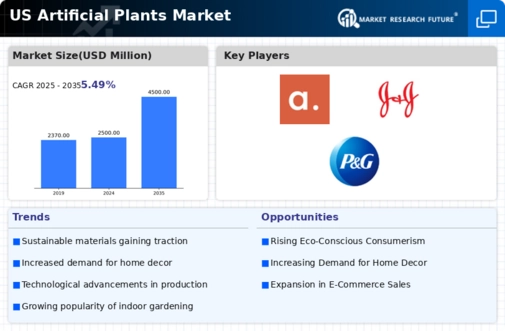
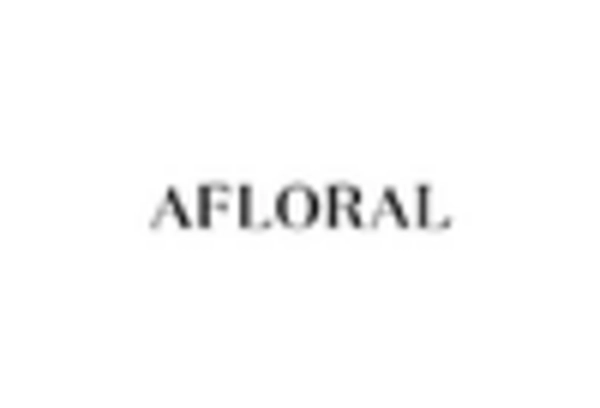
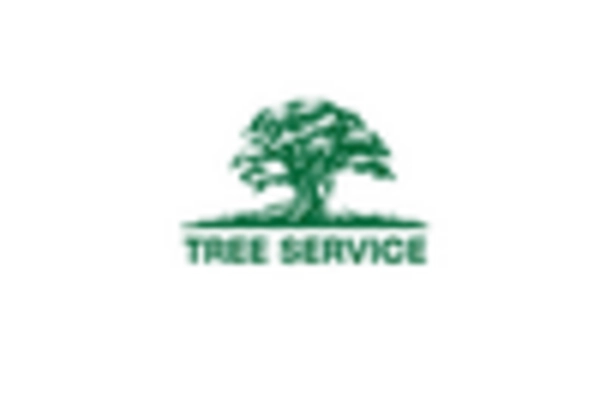
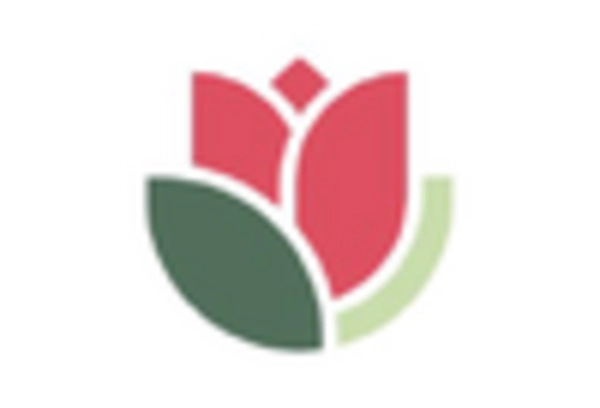
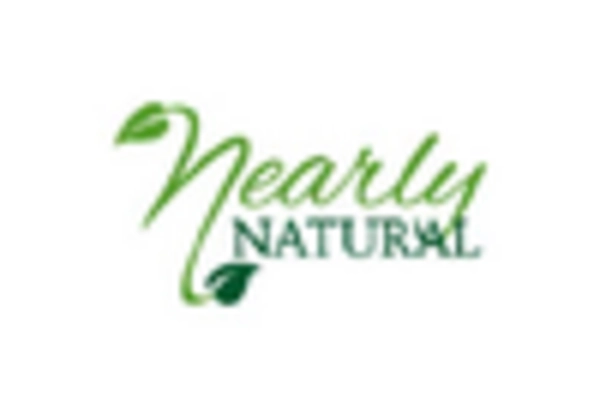
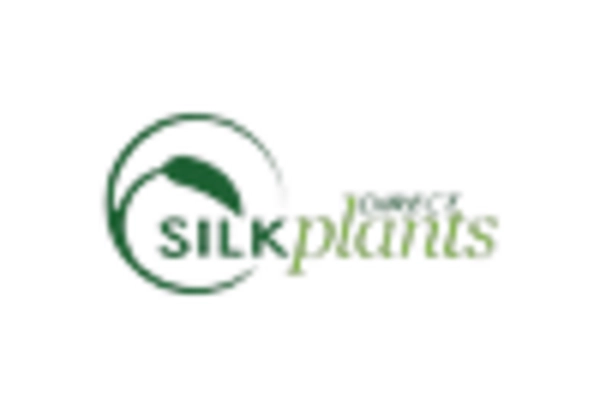
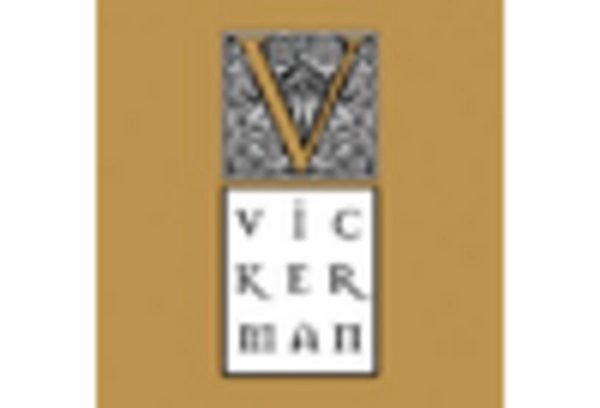








Leave a Comment